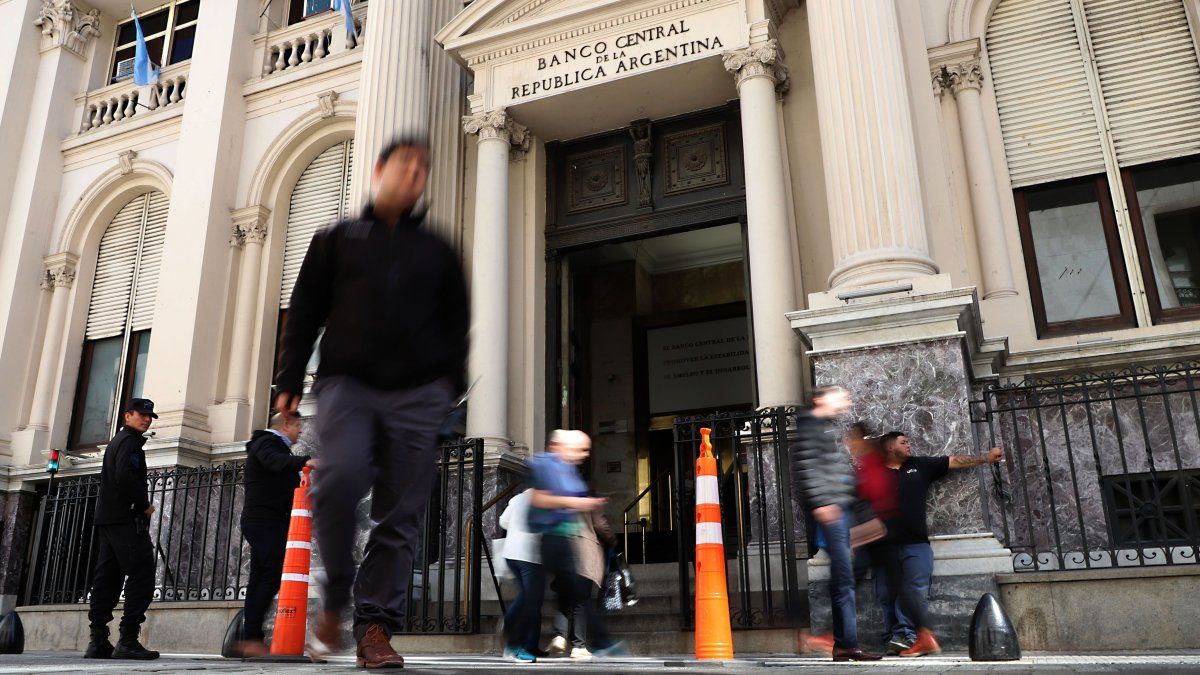Urn instead of a solid wooden coffin, an urn wall instead of a gravestone: the funeral industry is changing. Not all actors benefit.
The classic image of the black-clad male pallbearer is a thing of the past. Training to become a funeral specialist is popular – and not just among men. In 2022, 56 percent of future funeral professionals were women, as the Federal Association of German Undertakers (BDB) reports.
“In the most recent cohort, 370 new trainees began their three-year training in the undertaker trade, but there were actually significantly more applications than positions,” says association spokeswoman Elke Herrnberger. The reason for this is, among other things, that the training occupation is only a few years old and there could be even more companies with training authorization.
Young people are drawn to the industry primarily because of the diversity of the work – school internships are also popular, reports Herrnberger. In addition to the legal aspects, psychology, consulting and design also play a role in the profession. In addition, the market of around 5,500 mostly small or medium-sized funeral homes is crisis-proof and stable. Around two billion euros in annual sales were distributed among them.
Relatives must expect total costs of at least 5,000 euros for a funeral. For a luxury funeral it could be up to 30,000 euros, says Herrnberger. The funeral homes received at best 20 percent of this. The rest consists of the costs for the funeral service and the widely varying cemetery fees.
More cremations
The industry is changing: According to the BDB, around 75 percent of the more than one million deceased people in Germany were cremated in 2022. Only around 25 percent were buried in the ground, which was very common just a few decades ago.
“Many people no longer live in the same place as their parents and grandparents and therefore choose a care-free grave, such as in a community grave, a park grave, a place in a columbarium or a tree or lake burial,” says Herrnberger. In addition, cremation is cheaper in some cases: simple urns start at around 100 euros. Simple coffins for burials can hardly be found for less than 500 euros. Cremation coffins required for cremation may be less expensive.
The prices for coffins and coffin accessories rose between 50 and 75 percent between 2021 and 2022 due to the wood shortage, depending on the provider, according to the Federal Funeral Supplies Association. Other price drivers include energy costs, wage costs and inflation.
Urn burials are also more flexible in terms of time than earth burials. Depending on the federal state, the urn burial can take place up to six months after a cremation. A burial must be completed no later than four to ten days after death.
Change affects the industry
Coffin manufacturers are feeling the effects of the changes. There are only around 15 industrial producers left in Germany, according to the Federal Association for Funeral Supplies. Together with smaller craft businesses, they supply around 40 percent of the coffins required. There is great competition from abroad; the imported coffins mostly come from Eastern Europe.
Change also poses challenges for stonemasons. “In terms of quantity, we have been recording a significant decline for a long time, especially in the case of prefabricated tombstones,” says the managing director of the Federal Association of German Stonemasons, Sybille Trawinski. “Interestingly, stonemason companies that produce handcrafted, individual, high-quality tombstones have been very well booked for around four years.” Trawinski is confident: “The tomb remains a core competency of the stonemason’s craft.”
Source: Stern




